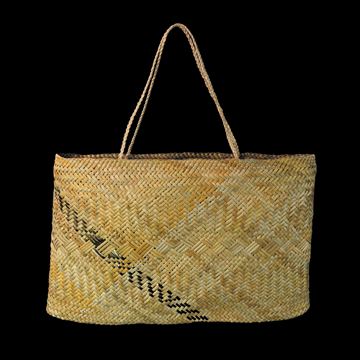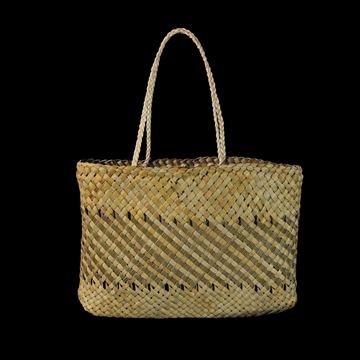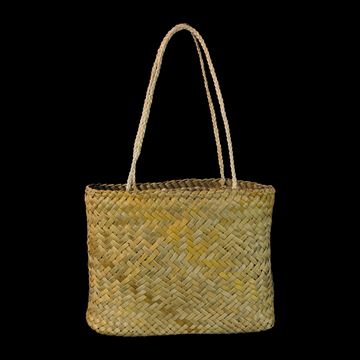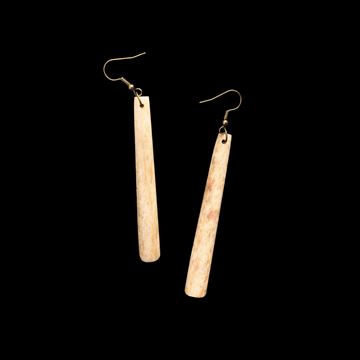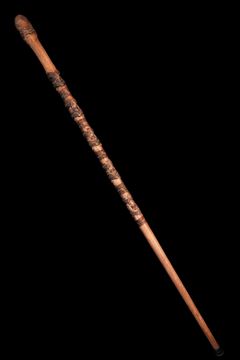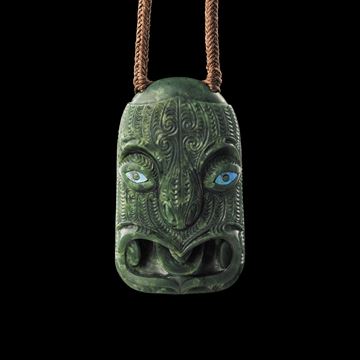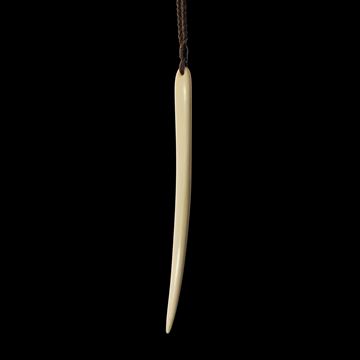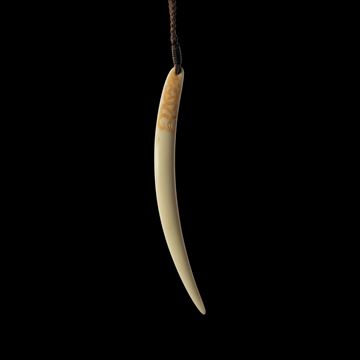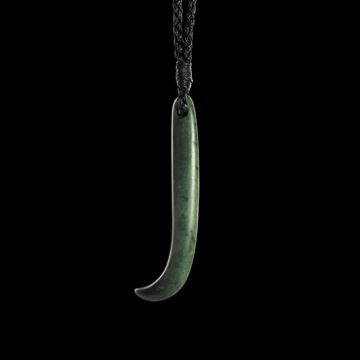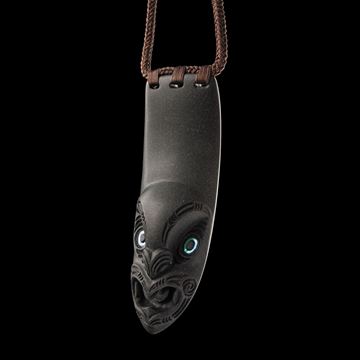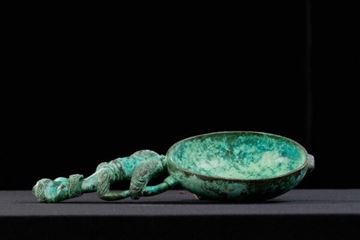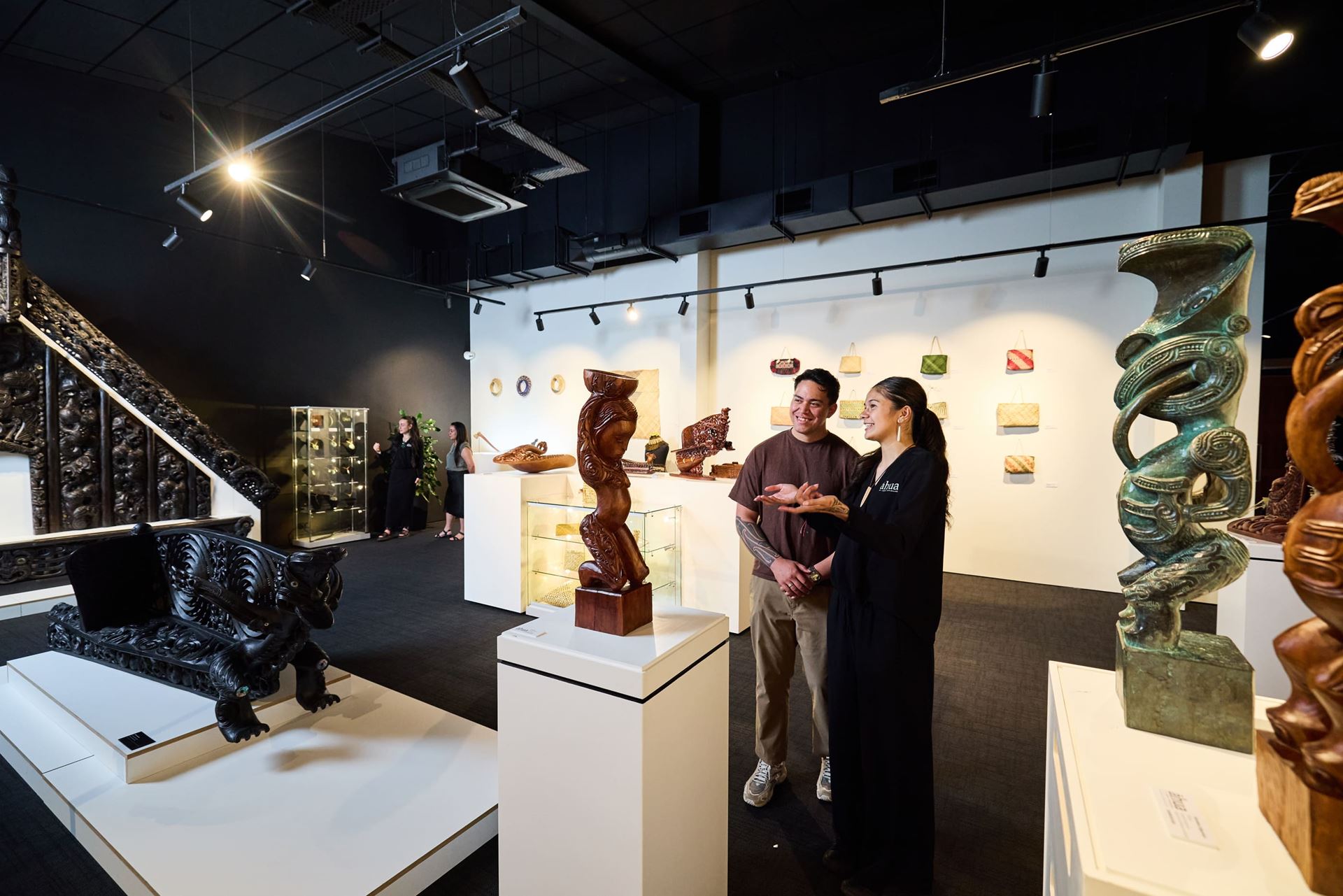
Āhua Gallery
Select Subcategory
Kete Whakairo - 5907AY
Kete whakairo are woven flax bags of a finer quality than the general utilitarian kete. They are normally made from prepared strips of flax and/or kiekie, some of which have been dyed. Kete whakairo may also feature geometric designs.
Material: Harakeke, Muka & Gold Foil
Measurements: 420mm x 250mm x 60mm
$750.00
Kete Whakairo - 5952AF
Kete whakairo are woven flax bags of a finer quality than the general utilitarian kete. They are normally made from prepared strips of flax and/or kiekie, some of which have been dyed. Kete whakairo may also feature geometric designs.
Material: Harakeke & Muka
Measurements: 190mm x 300mm
$360.00
Kete Whakairo - 5953AF
Kete whakairo are woven flax bags of a finer quality than the general utilitarian kete. They are normally made from prepared strips of flax and/or kiekie, some of which have been dyed. Kete whakairo may also feature geometric designs.
Material: Harakeke & Muka
Measurements: 190mm x 270mm
$360.00
Toki Earrings - 6826RH
Toki earrings (or drop earrings) are designed to suspend from the bottom of the earlobes. The length varies from a centimetre or two, all the way to brushing the wearer's shoulders.
Material: Parāoa (Whalebone)
Measurements: 70mm x 9mm x 5mm
$490.00
Tokotoko - 6853TH
Tokotoko are used when speaking on the marae – by esteemed orators – to indicate the direction of a speaker’s kōrero (speech). They often have the whakapapa (genealogy) of the orator carved into them and these can also be referenced by the orator during his address.
Material: Rātā
Measurements: 1050mm x 45mm x 45mm
$7,990.00
Wheku - 5515IA
In Māori carving there are three predominant designs for heads: the 'wheku' with its long eyes; the 'koruru' with its round eyes; and the 'ruru', which also has round eyes but with a point at the top. The different designs were used by carvers to illustrate the character of the subject they were carving. The long eyes of the wheku were often used to depict a squint or frown.
Material: Kawakawa (NZ Jade)
Measurements: 113mm x 65mm x 22mm
$3,250.00
Autui - 6142HF
Autui were customarily used as a pin for fastening cloaks and may be made from bone, stone, wood or shell. They may also have been worn through the ear as an earring or around the neck as a pendant. Autui are still commonly worn as pendants and earrings and as with most Māori personal adornments, are often passed down generationally.
Material: Koiwi (Beef Bone)
Measurements: 125mm x 10mm x 4mm
$320.00
Autui - 6144HF
Autui were customarily used as a pin for fastening cloaks and may be made from bone, stone, wood or shell. They may also have been worn through the ear as an earring or around the neck as a pendant. Autui are still commonly worn as pendants and earrings and as with most Māori personal adornments, are often passed down generationally.
Material: Koiwi (Beef Bone)
Measurements: 106mm x 9mm
$390.00
Kapeu - 6850HW
Kapeu are slender adornments with a slight bend at the bottom and were often worn as ear pendants. Kapeu were highly prized and a sign of high rank in Māori society. They are commonly also worn as neck pendants. As with many Māori personal adornments kapeu are often passed down generationally.
Material: Pounamu (Kawakawa)
Measurements: 87mm x 22mm x 7mm
$430.00
Kapeu - 8564HW
Kapeu are slender adornments with a slight bend at the bottom and were often worn as ear pendants. Kapeu were highly prized and a sign of high rank in Māori society. They are commonly also worn as neck pendants. As with many Māori personal adornments kapeu are often passed down generationally.
Material: Pounamu (Kawakawa)
Measurements: 87mm x 22mm x 7mm
$310.00
Rei Puta - 5271IA
The mark of a high Chief was one who wore the Rei Puta (whale tooth pendant), as the teeth of the Sperm Whale were highly prized because of their rarity. With actual whale teeth being such a rarity, it became common to fashion the tooth form from other materials.
Material: Onewa (NZ Greywacke)
Measurements: 137mm x 41mm x 31mm
$1,750.00

